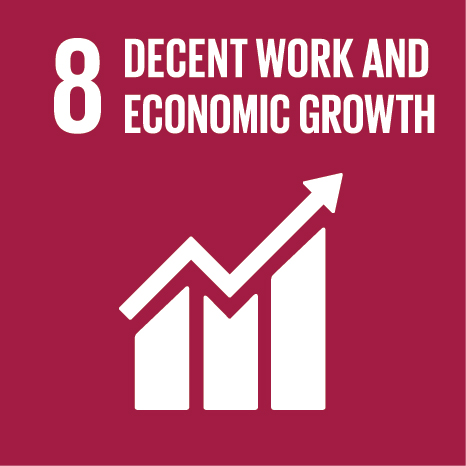Ciência_Iscte
Publications
Publication Detailed Description
Applying the TIMBUS Approach to Preserving Context in Digital Libraries
Proceedings of the 11th Annual International Conference on Digital Preservation (iPres2014)
Year (definitive publication)
2014
Language
English
Country
Australia
More Information
Web of Science®
This publication is not indexed in Web of Science®
Scopus
This publication is not indexed in Scopus
Google Scholar
This publication is not indexed in Overton
Abstract
To date, digital preservation has generally focused on the preservation of specific data in the form of artefacts. However, in order to ensure that this data is accessible in the long term, it is vital that we consider how to extract and preserve information on the software and hardware contexts which this data depends upon to operate. We therefore need tools to assist in identifying, preserving and validating the processes which underpin the creation of data in digital libraries. In particular, we need to consider the importance of preserving not just individual digital artefacts, but the platforms which allow digital libraries to render or execute their items. Digital libraries rely on this software to render their items, and it is therefore important to know configuration details and software dependencies to ensure these items remain fully operational in the future. In the case of digital libraries, the TIMBUS framework provides the tools necessary to assist practitioners in identifying relevant processes, undertake risk analysis, and then to assist the user in extracting, preserving and revalidating the necessary processes. This half-day tutorial introduces the TIMBUS approach to process preservation, and demonstrates how it can be applied to issues relating to digital libraries. TIMBUS focuses primarily on business processes, but this tutorial will show its approach to process-oriented preservation is also relevant to digital libraries. It provides a methodology for process preservation and a set of tools which help to semi-automatically validate and preserve processes so that they can be recreated at a later date. Participants will be given the knowledge to understand the importance of technical environments for collection items, and learn more about the TIMBUS solutions through examples relevant to the digital library domain. They will also gain an understanding of digital preservation as a risk mitigation strategy.
Acknowledgements
--
Keywords
Fields of Science and Technology Classification
- Computer and Information Sciences - Natural Sciences
- Electrical Engineering, Electronic Engineering, Information Engineering - Engineering and Technology
Associated Records
This publication is associated with the following record:
Contributions to the Sustainable Development Goals of the United Nations
With the objective to increase the research activity directed towards the achievement of the United Nations 2030 Sustainable Development Goals, the possibility of associating scientific publications with the Sustainable Development Goals is now available in Ciência_Iscte. These are the Sustainable Development Goals identified by the author(s) for this publication. For more detailed information on the Sustainable Development Goals, click here.

 Português
Português



